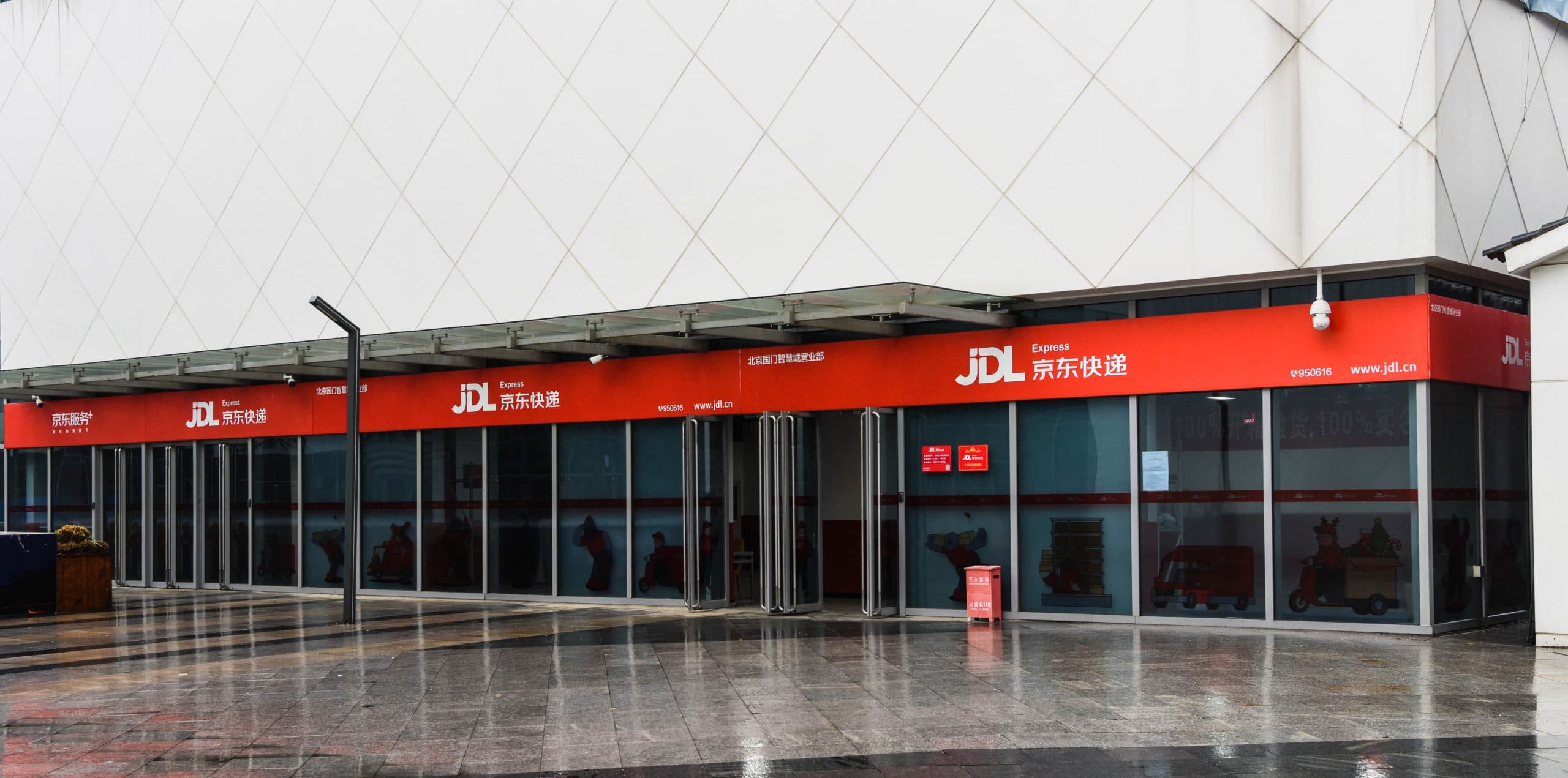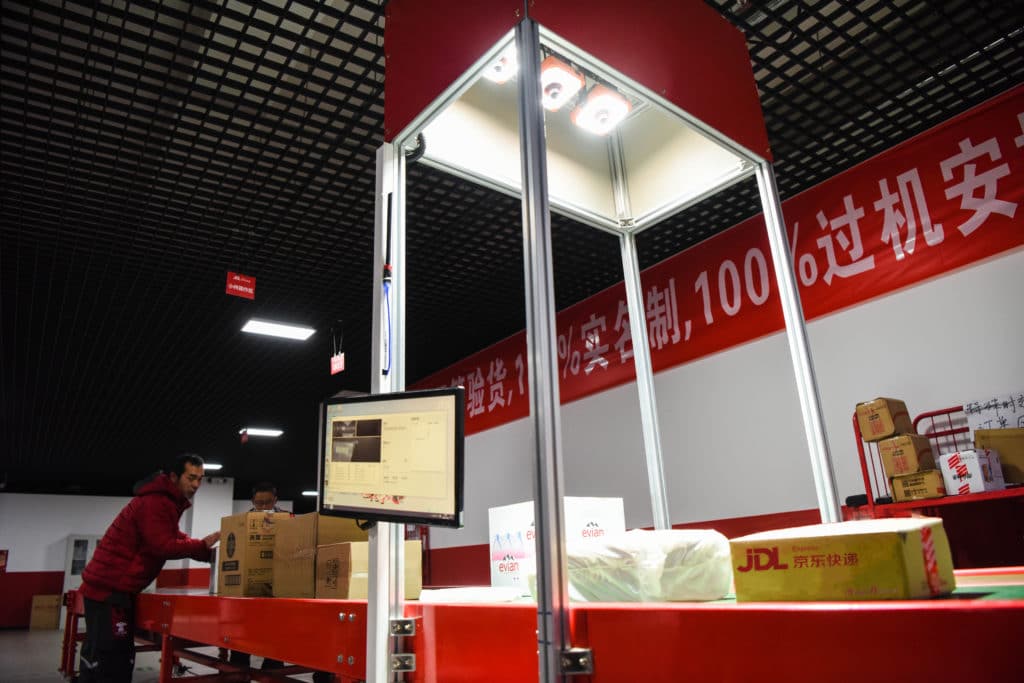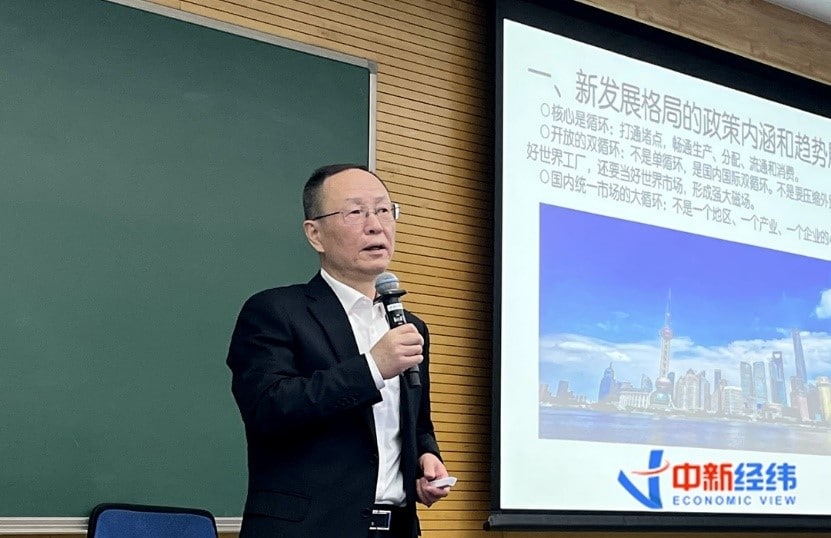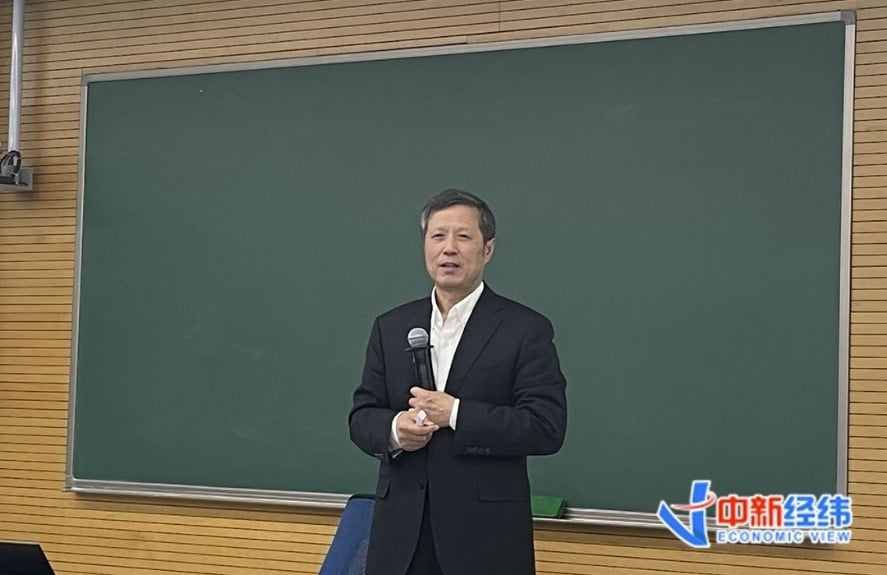by Ella Kidron
“JD, as a technology and services enterprise with supply chain at its core, used to be based on retail. But retail is constantly changing, and new fields are emerging,” said Hu Hao, head of supply chain innovation at JD.com. He explained that because retail is constantly changing, any scenario meant to serve consumers must consider the notion of supply chain. Hu made the comments at an event held at Tsinghua University on Nov. 18th to release a joint report by the JD Big Data Research Institute and Tsinghua China Data Center on digitalized and intelligent supply chain development trends in China.

JD’s Hu Hao
“Supply chain has become infrastructure,” he said. Warehousing, marketing, trading, distribution and after-sales are needed in any scenario, meaning that supply chain has become infrastructure to service multi-terminal and multi-scenario capabilities. Hu further pointed out that supply chain capabilities will precipitate into new technology capabilities, serving all enterprises within the ecosystem.
According to Hu, the supply chain is demand-driven, and demand comes from consumer behavior, purchases and preferences. The whole supply chain, from design, to raw materials, warehousing, distribution, after-sales and delivery to consumers, will constitute cost for consumers. This is why it is so critical for JD to leverage its supply chain advantages and work with all parties in the supply chain to increase efficiency.
JD’s ability to accumulate data, including consumer insights, as well as its ability to launch products can be fed back to the production end. This means that by shortening the distance between the production and consumption ends, the entire new product market, supply chain efficiency, and the overall end-to-end chain will be enhanced.













